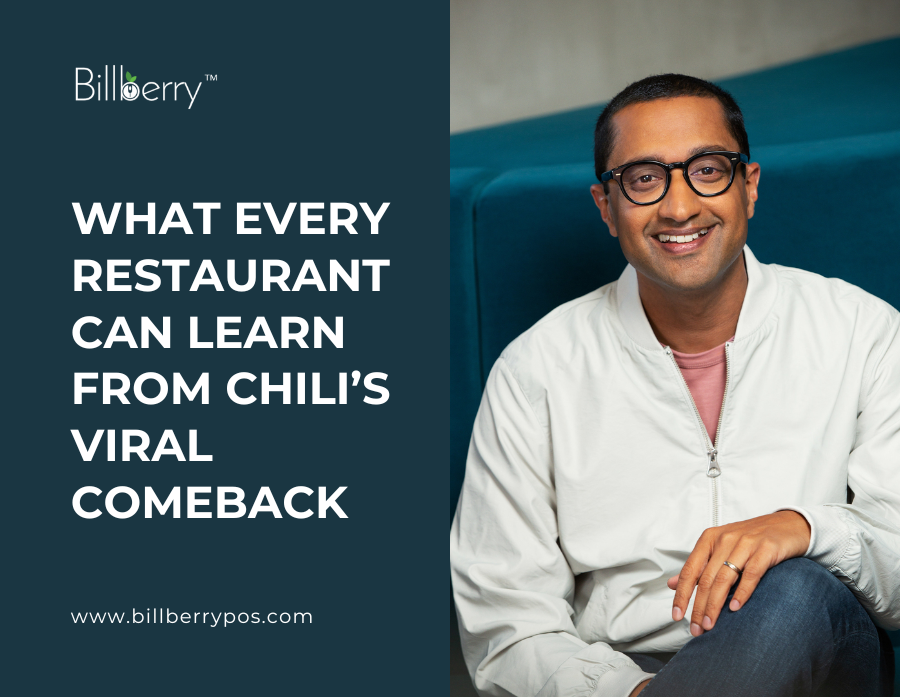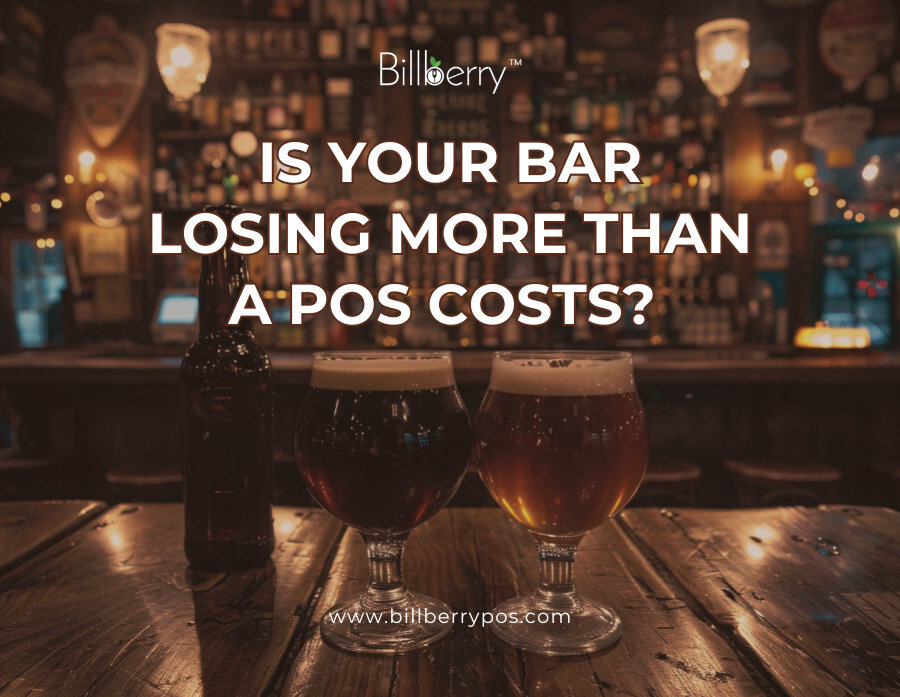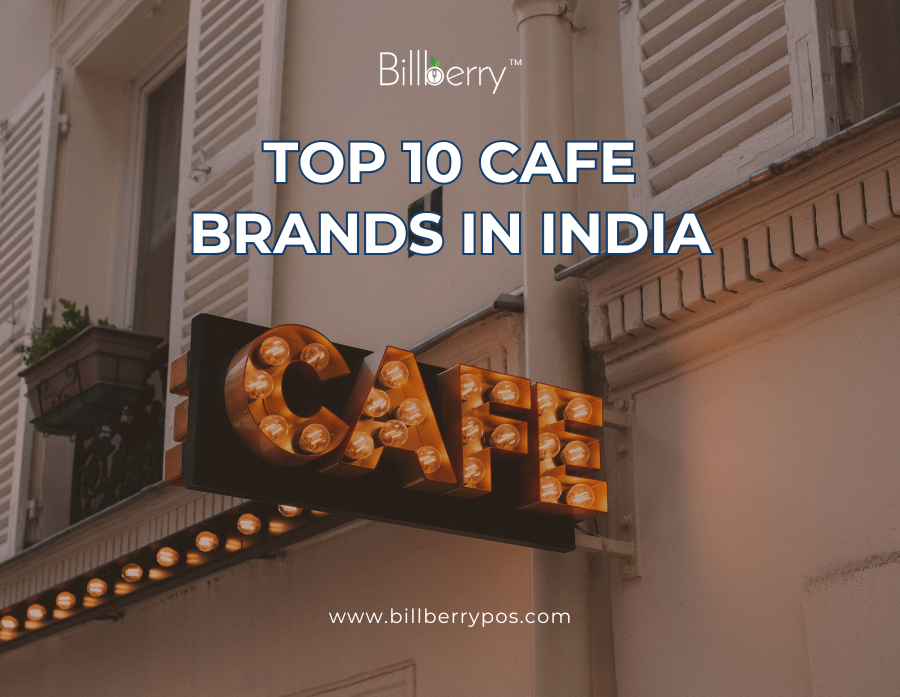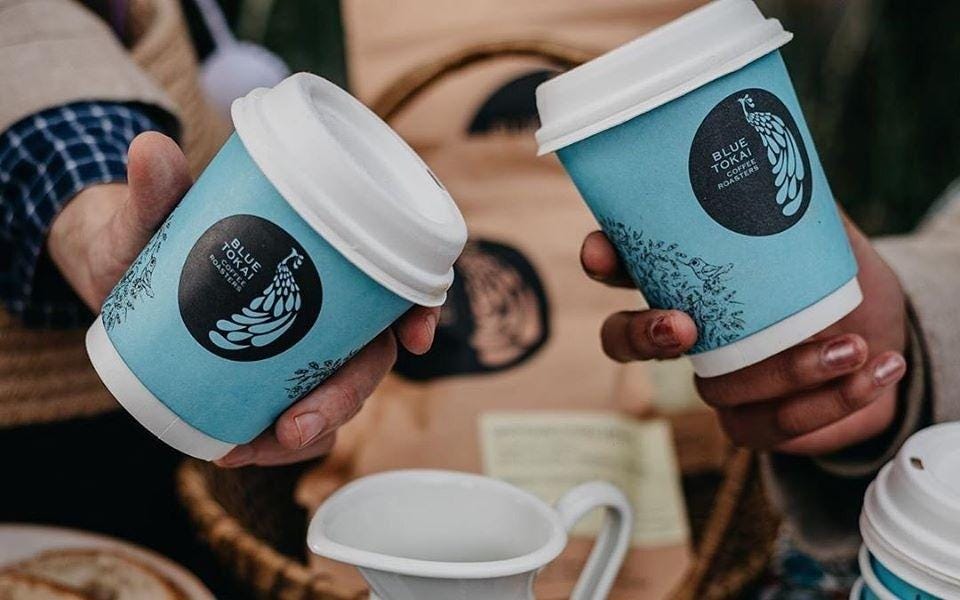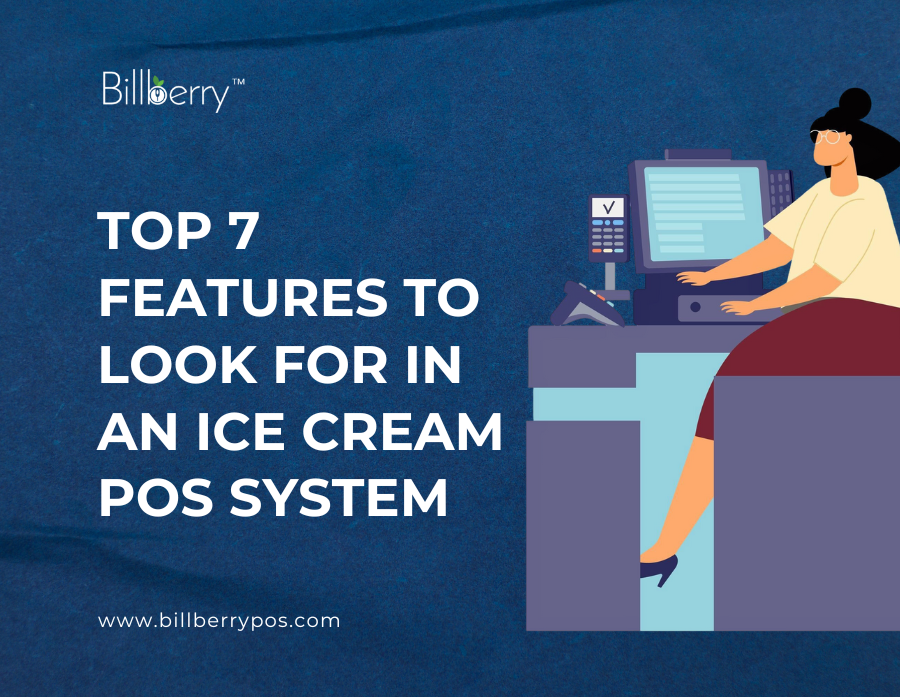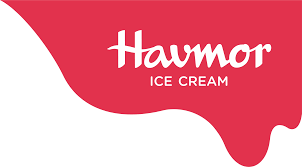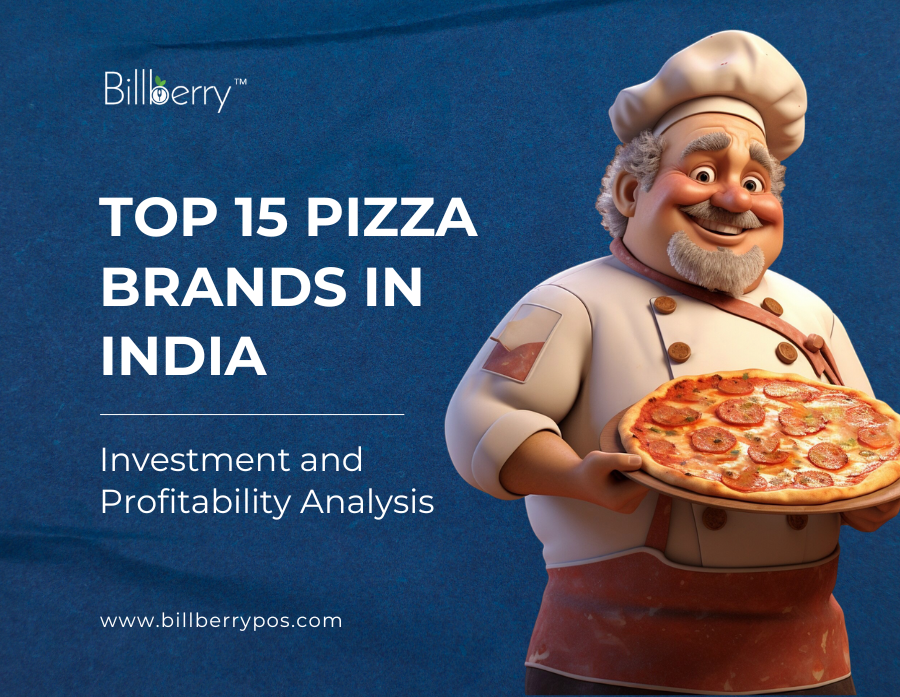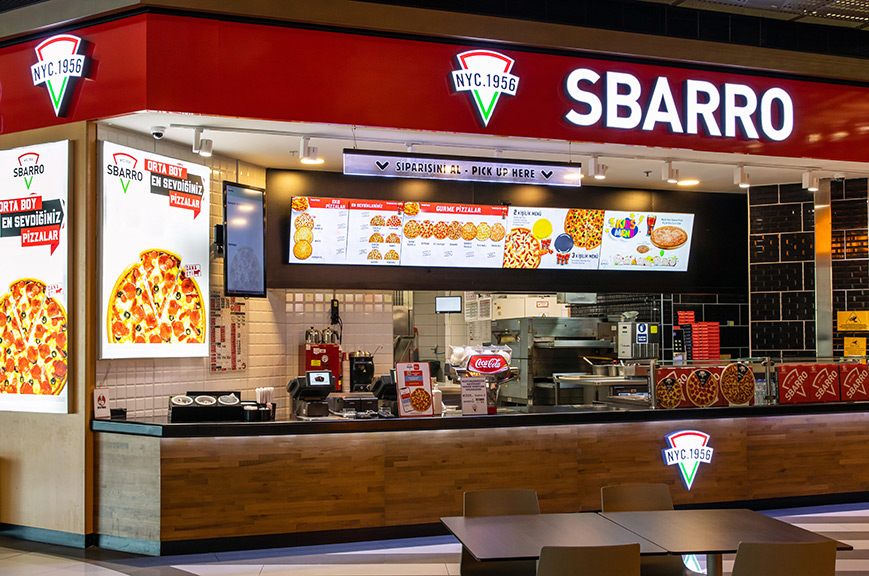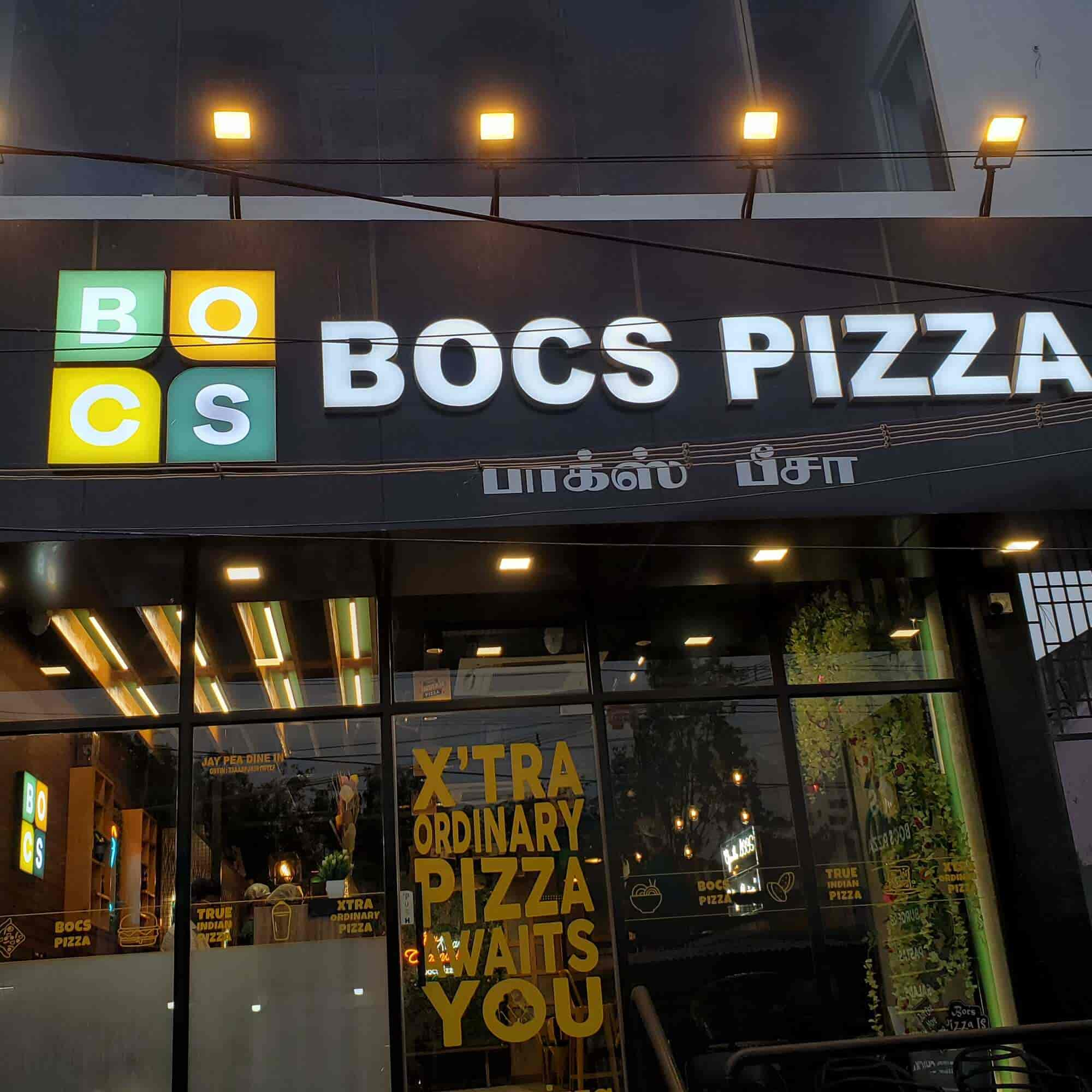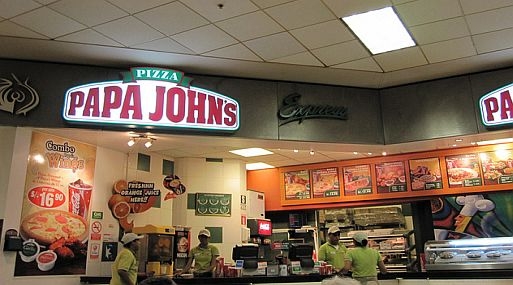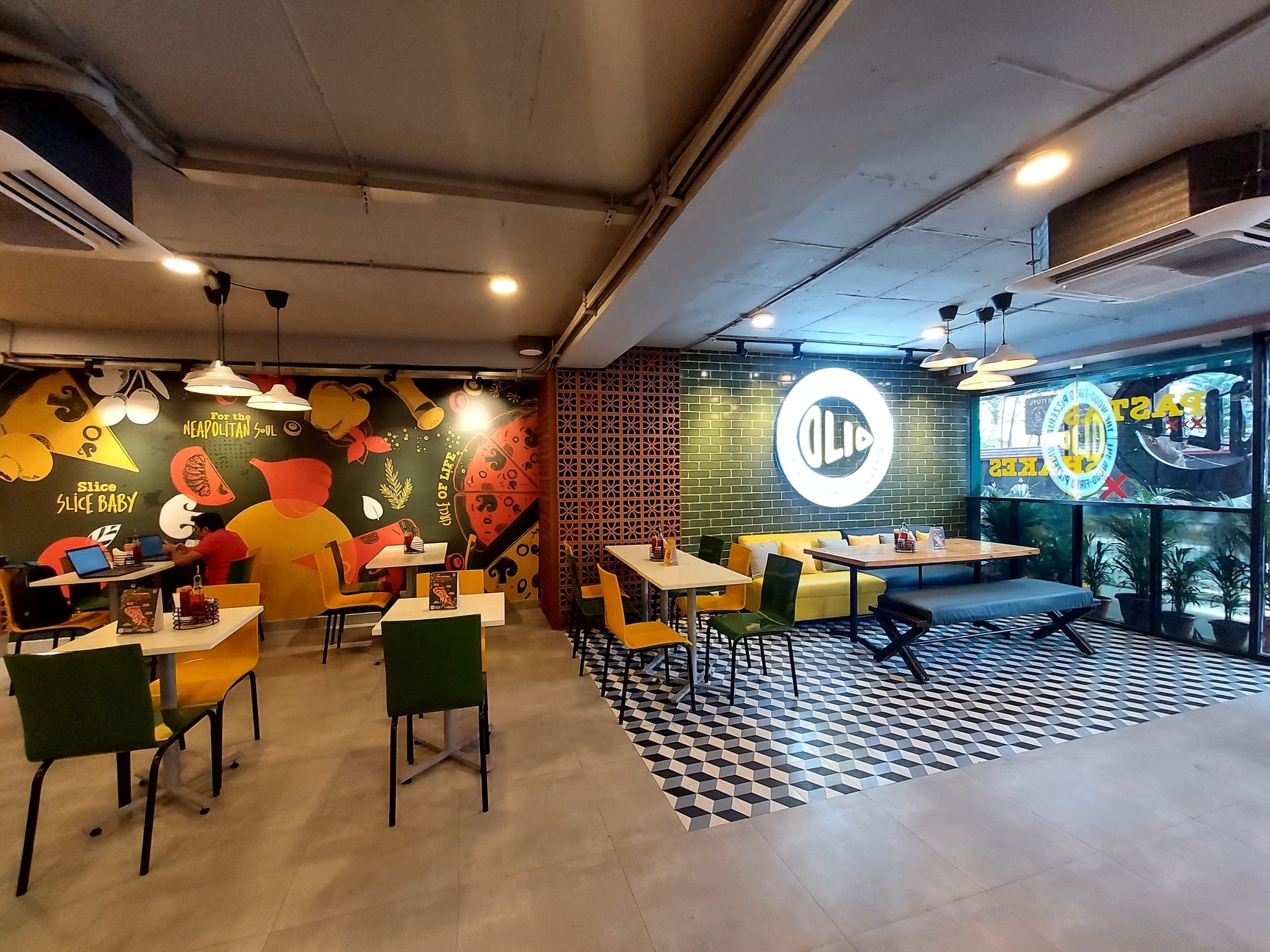Let’s rewind to the end of 2024. While many casual-dining brands were scratching their heads over stagnant footfalls and shrinking margins, one name unexpectedly made a dramatic comeback, Chili’s Grill & Bar. Yes, that same Chili’s we all associate with molten chocolate cakes and endless chips & salsa posted a jaw-dropping 31% growth in same-store sales from October to December. It wasn’t a fluke. And it wasn’t just clever ads or discounts either. This was a restaurant marketing case study in the making, and for anyone in the restaurant business, the lessons are golden.
At the recent Restaurant Leadership Conference (RLC), George Felix, Chili’s CMO, took the stage alongside their CEO, Kevin Hochman, who had just received the prestigious Restaurant Leader of the Year award. While the applause was still ringing, Felix unpacked the playbook behind Chili’s “sizzling success” in front of a packed room.
So, what exactly happened behind the scenes? And what can your restaurant learn from it?
Let’s dig in. 🍽️

Lesson 1: Good Marketing Can’t Cover for Bad Operations
George Felix didn’t sugarcoat it. In fact, one of his strongest points was a warning:
“If your fundamentals aren’t solid, the worst thing you can do is have good marketing.”
At first, that might sound counterintuitive. Isn’t good marketing what every restaurant dreams of?
But here’s the catch, marketing may bring new customers to your door, but operations are what bring them back. If your staff isn’t ready, your service falters, or your systems are clunky, you lose not just a sale, but a potential loyalist.
Imagine promoting a “Cheesy Nacho Madness” night on Instagram, only to realize your kitchen runs out of cheese at 8 PM and your billing system crashes due to the rush. That’s not a campaign; that’s a crisis.
Chili’s didn’t make that mistake. Their marketing team worked hand-in-hand with operations. Every time they prepared for a campaign, the team made sure the kitchen, staff, and supply chain were just as prepped. It was teamwork in action, marketing brought the spark, operations kept the flame alive.
At Billberry, we see this pattern often: restaurants focusing solely on promotion / restaurant marketing, forgetting the process behind it. That’s where the real work lies. You need systems that scale, not just ideas that trend.
You can also read: Choosing Cafe Billing Software? Think Beyond Features
Lesson 2: Great Ideas Don’t Always Come from the Top
Here’s where it gets juicy. Literally. One of Chili’s most viral menu items, Nashville Hot Mozzarella, wasn’t born out of a campaign meeting. It started as a casual text from their Chief Supply Chain Officer, James Butler, to George Felix.
The message?
“Have you tried our fried mozzarella with Nashville hot sauce?”
That single message snowballed into something much bigger. The next thing you know, the test kitchen was experimenting with the combo. A few weeks later, it hit TikTok as a secret menu item. And then? Boom, 100 million views and endless viral cheese pulls. This is what George Felix called a “culture of listening and innovation.”
It’s not just about following trends; it’s about listening, to your team, your guests, even your gut. Because sometimes, the most viral ideas don’t come from a restaurant marketing brief, they come from real people who care.
So, restaurant owners, here’s your challenge:
Are you creating an environment where your staff, from waiters to store managers, feel free to share ideas? Are those ideas reaching the decision-makers? If not, you might be missing your next big hit.
You can also read: UrbanPiper’s Bold U.S. Expansion: What It Means for the Food Tech Ecosystem
Lesson 3: Make It ‘Supermarket Simple
Let’s talk loyalty programs. We all know they’re powerful, but only when done right. Chili’s took a hard look at their existing rewards system and realized it was… well, a little too clever. So clever, in fact, that customers found it confusing and didn’t engage much.
George Felix shared how their VP of Marketing, Steve Kelly, coined a phrase that reshaped their entire approach:
“Make it supermarket simple.”
Think about it. At a grocery store, you either scan a keychain tag or punch in your phone number. No rocket science. And then, boom, you see your discounts applying in real time. Chili’s is now rebuilding its loyalty program to match that simplicity.
This lesson is HUGE for small and mid-size restaurants. You don’t need an app with 20 features if your diners only understand 3 of them. Don’t over-complicate rewards with points, levels, unlocks, badges, and hoops to jump through. Keep it clean. Keep it quick. Keep it rewarding.

Lesson 4: Watch What Your Customers Are Already Doing
Not every campaign needs to start with a whiteboard and brainstorming session. Sometimes, you just need to scroll.
That’s exactly what Chili’s did when they noticed their Triple Dipper appetizer organically taking off on social media. People were sharing it. Reviewing it. Raving about it. Instead of sitting on it, Chili’s leaned in. The restaurant marketing team “poured gas on the fire,” in George’s words.
➡️ They launched influencer collabs.
➡️ Added more secret menu surprises.
➡️ Created digital buzz around fried cheese and dipping sauces.
The result? A dish that went from casual menu item to viral brand symbol. Here’s your takeaway: your audience is already telling you what they love. The question is, are you listening? Track the trends. Read the comments. Watch which items get reordered. Your customers are your R&D team, free of charge.
Also read: Why Most Cafes Fail in Their First Year
Wrapping It Up: The Chili’s Comeback Formula
If you look closely, the Chili’s comeback story isn’t about big budgets or celebrity chefs. It’s about synergy.
✅ A marketing team that listens.
✅ An operations team that delivers.
✅ A leadership team that empowers.
✅ And a tech ecosystem that supports it all.
For every restaurant owner, cafe manager, or QSR brand trying to scale, this isn’t just a story of viral cheese. It’s a blueprint.
And whether you’re serving dosas in Delhi, sushi in Surat, or burgers in Bengaluru, these lessons apply to you. At the heart of every great food business is a great system, one that connects the front of the house to the back, ideas to execution, and dreams to data.
That’s exactly why BillBerry POS exists.
We’re not just a billing software, we’re your partner in growth. Whether you want to spot top-selling combos or simplify rewards, we’ve got your back.
👉 Schedule your free demo now
Let’s write your comeback story together.







